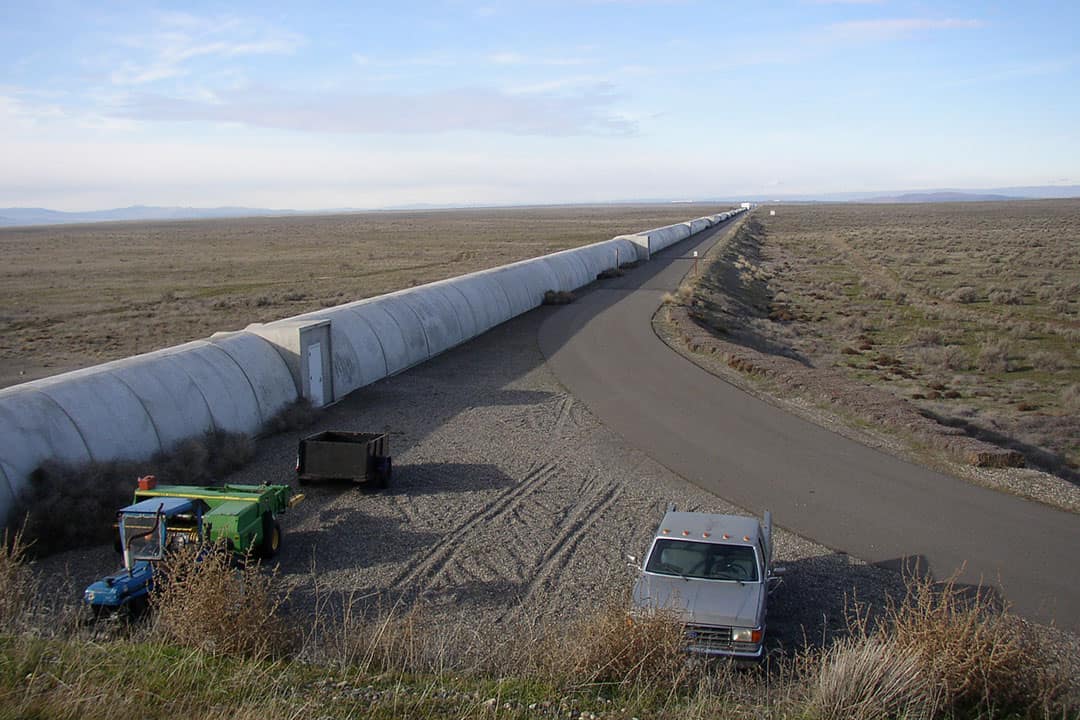On October 3, the Nobel Prize in Physics was awarded to Drs. Rainer Weiss, Barry Barish, and Kip Thorne for their pioneering contributions to the Laser Interferometer Gravitational-Wave Observatory (LIGO) and the observation of gravitational waves. Ripples in space-time known as gravitational waves were first predicted by Albert Einstein in his 1916 Theory of General Relativity, but they remained undetected for nearly 100 years.
Caused by the movement of masses, gravitational waves create incredibly weak signals that, prior to LIGO, no detector on Earth could resolve. Finally, in the fall of 2015, gravitational waves produced by merging black holes were detected, marking the start of a new era in physics.
While the Nobel Prize can only be shared jointly by a maximum of three people, the LIGO Scientific Collaboration (LSC) itself is a large-scale, international effort comprised of 1,167 members across 103 different institutions — including a team led by Dr. Harald Pfeiffer of the University of Toronto’s Canadian Institute for Theoretical Astrophysics (CITA).
Graduate student Heather Fong, who has been involved in the collaboration since 2014, said that CITA’s role is “dominantly in data analysis.”
“Our main focus,” Fong said, “is to find [gravitational waves] emitted by compact binary coalescences (CBC), which could be two colliding neutron stars, a collision between a neutron star and a black hole, or two colliding black holes. One project we are involved with is the development of a low latency detection system that can identify potential CBC [gravitational wave] events within seconds of the data being observed by the LIGO detectors.”
Fong herself has been involved in a number of LIGO projects, including one that brought her to LIGO’s Hanford detector for several months.
“At the detector, I was involved in characterizing the noise of the experiment and also acting as a liaison between researchers who were analyzing the data remotely and researchers who were on site trying to improve the detector,” Fong explained. She has also studied gravitational waveforms from numerical simulations and has worked on estimating the rate at which LIGO will observe black hole pairs.
As a member of the CITA team, University of Alberta undergraduate student Jaykumar Patel’s research focuses on “building a model to determine cosmological parameters entirely from gravitational waves arising from collisions between neutron stars and black holes.” His work will help provide a better understanding of the conditions present at an era of the early universe that gravitational waves, but not light, will be able to probe.
Although only forming a small portion of the LSC, CITA’s contributions are integral. “I feel a sense of connection to the whole collaboration,” said Patel. “I remember waking up in the middle of the night when a new detection was made, and could see, in everyone’s messages, a wave of excitement spreading across the globe, just like the gravitational one did moments before.”
Both Fong and Patel agree on the importance of their work and the potential of the field in years to come. “It is very humbling to be part of such a prestigious collaboration at such an early stage in my career,” Patel said.
“Where we are with [gravitational waves] now, is where Galileo was when he pointed the first astronomical telescope at the sky, 400 years ago,” Fong added. “With [gravitational waves], we have a whole new way to look at the universe and that opens us up to a new, unexplored realm that’s rife with discoveries, and I think that’s something that will affect us, not just now, but for generations to come.”


